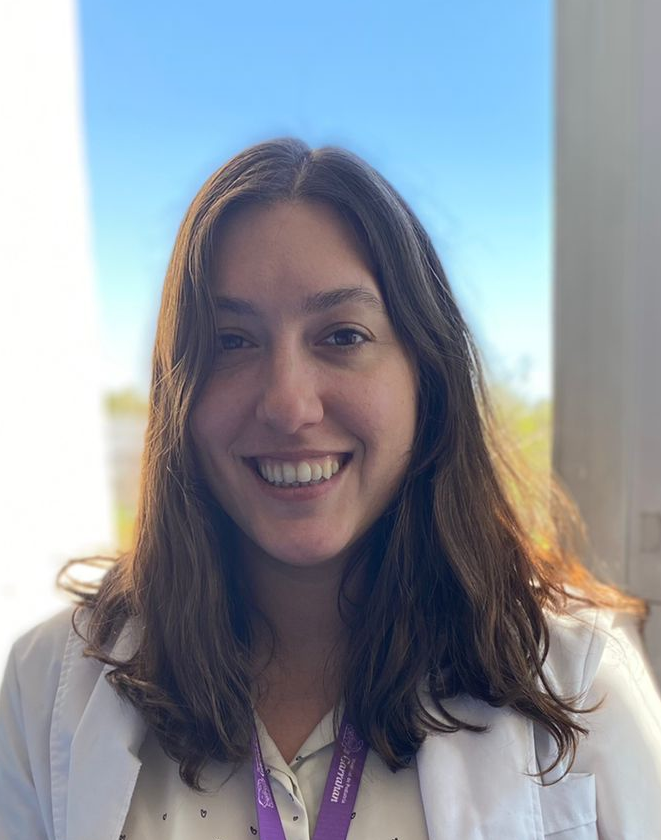
Measurement of quality of life in adolescent transplanted patients: a necessary approach
Maria Florencia D'Arielli1, Julia Minetto1, Marcelo Dip1, Agustina Jacobo Dillon1, Hayellen Reijenstein1, Ana Arbelaez1, Lucia Bourdieu1, Carla Azzara1, Diego Aredes1, Esteban Halac1, Leandro Laufferman1, Juan Miguel Palmeiro1, Dario Abaca1, Javier Goñi1, Oscar Imventarza1.
1Liver Transplantation, Garrahan, Buenos Aires, Argentina
Introduction: Liver transplantation is the option for pediatric patients with acute or chronic terminal diseases. Multiple innovations have been made to transplant programs worldwide to improve effectiveness, safety and timely services. Until now, only hard indicators (survival/complication rate) have been used to evaluate effectiveness of transplantation. Since these indicators are not enough, it is necessary to include the perspective of the patient and their family to determine the impact that the transplant has on their quality of life. Even though there is no "gold standard" to measure the health related quality of life (HRQoL) in our center, the use of generic HRQoL questionnaires allows an objective evaluation of their quality of life. The objective of the present study is to analyze and describe the results of the PedsQL 4.0 Generic Questionnaire when applied to adolescent patients who received a liver transplant in a public hospital in Argentina, and compare them to healthy adolescents.
Methods: PedsQL 4.0 Generic Core Scale was applied to 45 adolescent (older than 17 years old) who had received a liver transplant more than 10 years ago. The scale is a self-reported 5-point Likert scale with 23 items that ranges from 0 (Never) to 4 (Almost always). It is brief and multidimensional, as it includes Physical, Emotional, Social, and School Functioning dimensions. Results were linearly transformed to a 0-100 scale (0=100, 1=75, 2=50, 3=25, 4=0). Total score (as well as Psychosocial Health Summary Score and Physical Health Summary Score) was calculated as mean and SD. T-test were used to compare with data extracted from the literature from previous validation studies for argentinian healthy adolescents.
Results: A total of 45 patients completed the survey. Missing items were only 0.7% of items, so complete data for all patients was included. No difficulties with the format nor the form of administration of the questionnaire were found. 51% of patients were female, with a median follow-up of 15.52 years. PedsQL Total Score was 73.89 (15.01) vs 72.72 (14.21) in healthy adolescents, and showed no statistical difference among them (p 0.84). The Psychosocial Health Summary Score was 69.96 (16.59) vs 71.20 (14.84), while the Physical Health Summary Score was 81.25 (15.55) vs 75.42 (15.93) in healthy patients respectively (p 0.846 and 0.334).
Conclusions: In this study, no difference in HRQoL was found among adolescents transplanted patients when compared with published data from healthy population. Even though this is an initial approach to measuring quality of life and some limitations could be found (small sample size, generic module and literature comparison), further studies are needed to validate specific questionnaires for transplanted patients in our center, focusing on the unique aspects of this chronic condition. We consider this measure a necessary endpoint of the transplant in order to complete and improve patient´s care and results.
